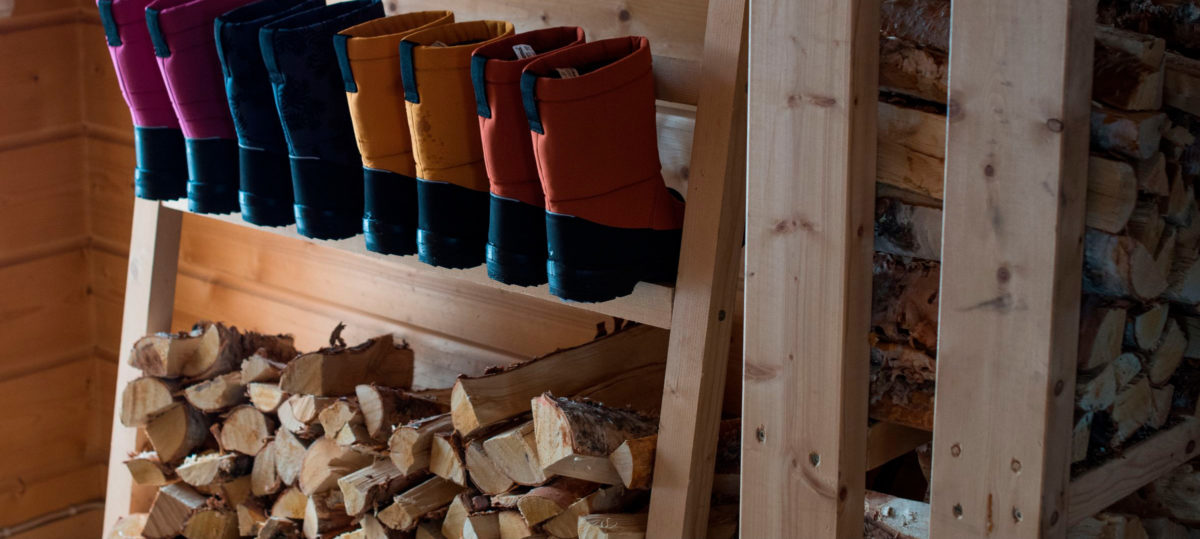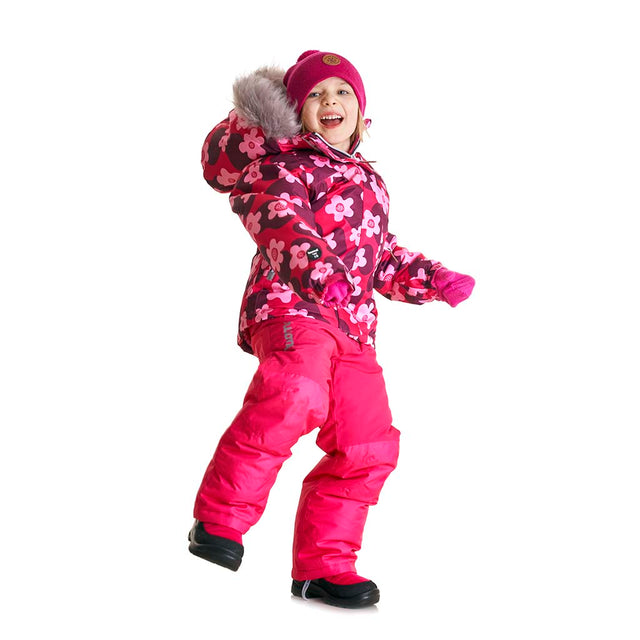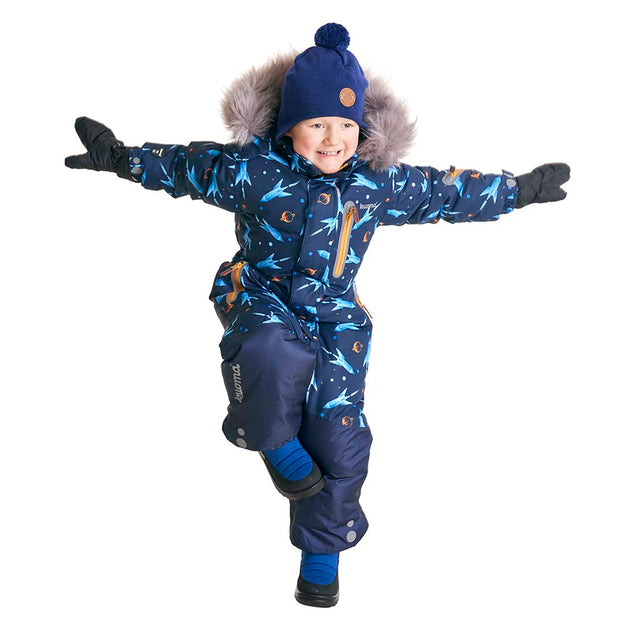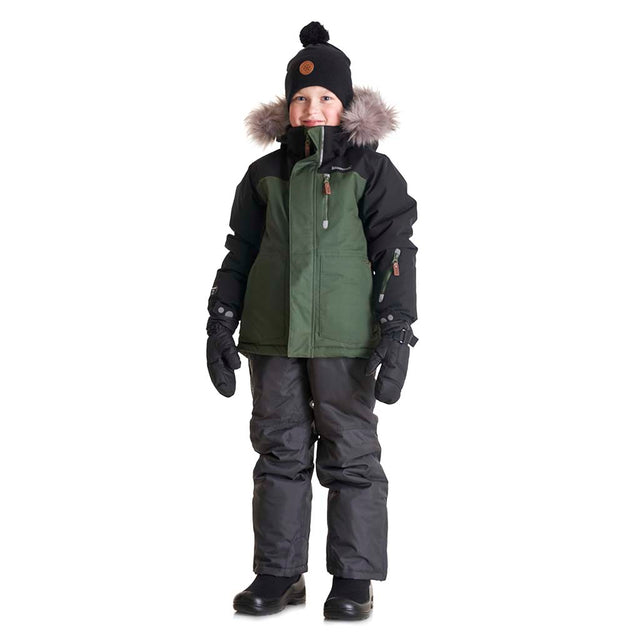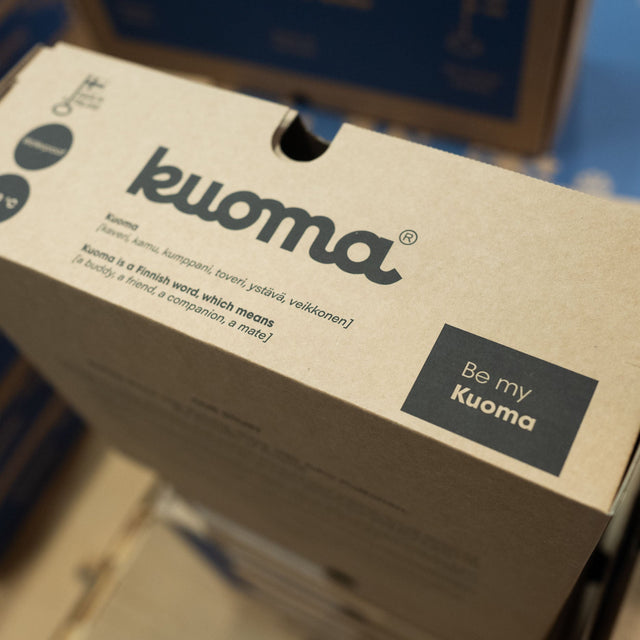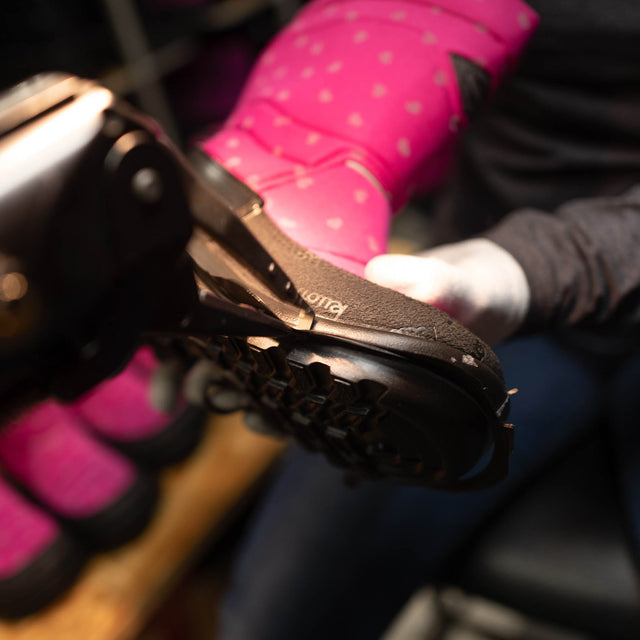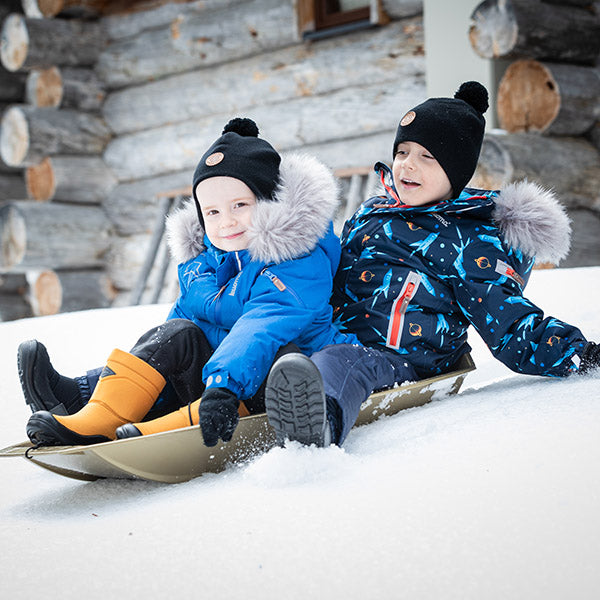Our Story
Before there was Kuoma, there was Juho Puttonen, the founder of Kuoma.
Born in 1885, this miller’s son from the village of Laukaa went to the city of Jyväskylä to study economics. After school, he worked at Fredriksson’s hat factory for a couple of years. In 1914, the 19-year-old boy set his sights on Saint Petersburg, where he went to work for a grain wholesaling company for the next three years. During his time in St. Petersburg, he learned Russian and got a taste of the local culture.
In 1917, the Russian Revolution changed everything. Puttonen was not able to return to Finland, but it was not safe for him to stay in Russia either. To get out of that sticky situation, he decided to take a train across Siberia to Vladivostok in the Far East. From there he travelled to Japan, and then he continued on all the way to San Francisco in the United States of America.
During his long journey Puttonen had run out of money, so he started looking for a job. He found many, and even worked as a car mechanic for a while. He did not get to learn much in the shop though, since he was fired on his first day. Puttonen stayed in The New World for three years and lived in Chicago and New York.
In 1920, he returned to Finland and worked for Tenhunen’s leather wholesales for a while. In 1928, he started a company of his own, Juho Puttonen Oy, in Helsinki. The company’s area of business was importing and wholesales of leather and shoes. And in that same year the story of Kuoma began too.
Where it all started
Kuoma’s operations began when Juho Puttonen, who had just founded his own leather and shoe importing and wholeselling company, bought a farm with a mill in Kuomiokoski in 1928. After the deed was done, Puttonen began to renovate the farm. He had a building for living quarters constructed and a waterpower plant.
After the construction work was completed, the manufacture of parts for shoes, such as insoles and heel pads, began in the newly built facilities. The company was still rather small, and the parts were sold through Juho Puttonen Oy.
In 1930, however, the business started to take off. The company’s selection of products was expanded with the introduction of light slippers for indoor use and different removable insoles, such as insoles made from wood chips that were light and removed moisture effectively. In those days, people wanted to use their shoes for as long as possible, so they fixed their shoes whenever possible and generally took good care of them, which increased the demand for insoles. In addition to the heel pads and insoles made in Kuomiokoski, hose savers that protected the wearer’s socks were also made.
Some setbacks and a new start
In the 1940s, business slowed down due to the Second World War, and production was even brought to a complete stop for a while. The factory at Kuomiokoski was used to fix equipment for soldiers during the war, but otherwise there was not much activity. After the war ended, production was restarted. In the early 1950s, people at the Kuomiokoski factory started thinking that it would be about time they started making whole shoes and not just parts of them, especially since there was a shortage of shoes in Finland after the war.
It did not make much sense to start a shoe factory in the middle of the forest in Kuomiokoski, but luckily the nearby village of Mäntyharju was a good location transport-wise. And so, in 1954, the Mäntyharju Kenkätehdas Oy was founded and started its shoe manufacturing operations. Their selection included a shoe brand called Askel (‘step’ in Finnish), but the name Kuoma was also already used.
In late 1950s or early 1960s, a carpenter’s workshop was opened at Kuomiokoski to cater to the needs of the construction industry that was then booming in the Finnish countryside. The workshop produced different components for the construction industry, such as boards, planks, doors and window frames. The workshop also produced wooden handles for paint brushes made from birch – which Kuoma still manufactures to this day!
The Finnish shoe industry was growing, so the Kuomiokoski facility started manufacturing parts of shoes – outsoles, midsoles, toe puffs and heel counters – to be used in the Mäntyharju factory and other shoe factories in Finland, as well. This brought so much more work that during the busiest times there were as many as 200 people working at Kuomiokoski.
In 1969, some changes were made in the company’s organisation, when the founding father Juho Puttonen retired at the age of 74. Juho’s son Erkki Puttonen took his father’s place, and ran the company until 1975, when Erkki’s brother, Antti Puttonen, took over the company.
New Products - Putkivarsi saves the day
Until the 1990s, business was excellent, and the company was doing good. Kuoma’s shoe components were used in shoe factories all over Finland, from Mäntyharju to Tampere, Kankaanpää, Vaasa and Hyvinkää.
When the Finnish Great Depression was already looming just around the corner, the people working in Kuomiokoski knew they had to come up with a product that would keep the company afloat during the trying times ahead. Many shoe factories were forced to shut down during those years, and the Mäntyharju factory was no exception.
All sorts of items were manufactured then: baseball bats and mittens, and different sports accessories – from elbow pads and motocross gloves, for example. But in the end, it was the Putkivarsi winter boot that saved the company. Designed already in 1989, it ended up becoming Kuoma’s most successful product.
The padding produced for manufacturing the sports accessories could be repurposed to be used for the Putkivarsi boots, and, of course, it came in handy that the company already had a long shoemaking history. And so, the winter boot that all Finns love was born, and now the Putkivarsi is well-known as a light, warm, high-quality boot that’s easy to use.

Production increases and selection expands
In the mid-1990s, Kuoma started its exporting activities again, when demand for high-quality winter boots increased both in the west and the east. As demand increased, so did production, which meant some new facilities needed to be built in Kuomiokoski and new equipment needed to be bought. Little by little, the selection of shoe models grew in the 1990s and 2000s: the Putkivarsi was no longer the only winter boot manufactured, and when Kuoma started making summer shoes as well, its place in the industry strengthened.
In 2008 Kuoma returned to Mäntyharju, where Kuoma’s shoe storage and logistics centre are now located. Then, in 2019, Kuoma took a big step and expanded its selection of products with children’s outdoor clothing.
This is Us
Today Kuoma manufactures shoes, kids´ clothing, insoles, removable inner boots for winter shoes, and handles for brushes. Our oldest products are the insoles, which we have manufactured for as long as we have had operations in Kuomiokoski. The removable inner boots and the paint brush handle are firmly rooted in our history too, and the Putkivarsi boot is already 30 years old, as well.
